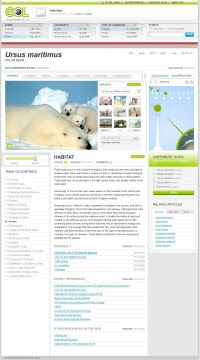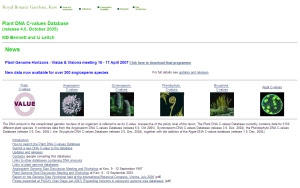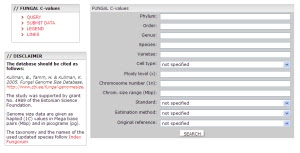In the comments to my previous post, Nick Matzke* suggested the idea that one could create an open database on the Wikipedia model in which people could compile and contribute published data and access the complete dataset freely. This would not replace other databases that give a pile of information for each species (e.g., FishBase), but would deliver one parameter at a time for a number of species. It would be good if the datasets could be exported to a spreadsheet for analysis as well.
Having been through the extremely time-consuming task of building a database from the bottom up (and, thankfully, having a pro web designer build it, which took a massive effort on his part as well), I would be all for trying a community-assembled database for other kinds of information. Kehan has suggested that something like the scratchpad used by the European Distributed Institute of Taxonomy (EDIT) would work nicely for this. I think that looks very promising.
So, I am totally up for trying this experiment. I should tell you that WikiData.org, WikiBase.org, OpenData.org, and a bunch of the obvious domains are unavailable. Anyone got a good name? Maybe a biological term that reflects a bunch of individuals contributing to an emergent database? (Please don’t say “EmergentDatabase.org” — try to be more creative). I’ll register it, then hopefully we can recruit someone with web experience to help set it up. I have data on red blood cell sizes that we could start with that is a reasonably complete dataset, and of course chromosome numbers could also instigated and then contributed to by users.
No point letting a great idea pass by!
________
* Incidentally, Nick, when are you going to get your own blog?




